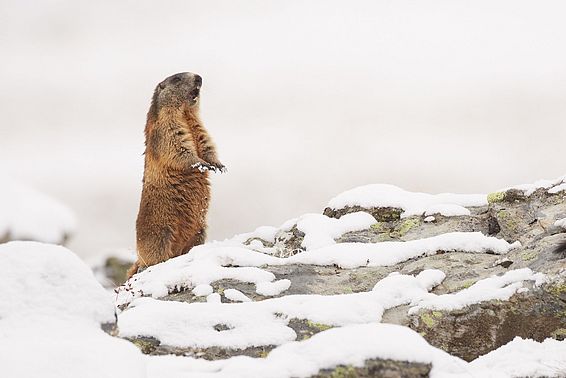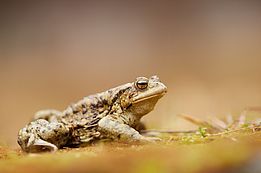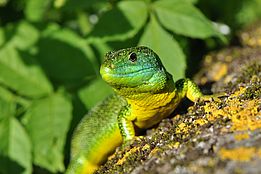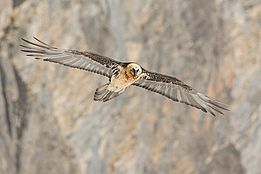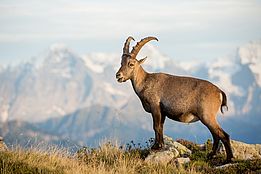14.02.2019 | Birgit Ottmer | News WSL
A newly developed method traces the course of evolution in regions of Europe differing in temperature and humidity. As it turns out, birds and mammals were able to adapt to the cold during their evolution earlier than cold-blooded amphibians and reptiles.
Why don’t we find identical animal and plant species all over the world? This supposedly simple children's question is keeping biodiversity researchers busy. They want to know why certain areas are more species-rich than others. It is well known that the further apart two places are, and the more environmental factors such as temperature or humidity differ, the more the species composition in these places differs. However, the extent to which the environment itself, i.e. independent of distances between two locations, influences the evolution of species composition has hardly been investigated. Bianca Saladin, PhD student at the Swiss Federal Institute for Forest, Snow and Landscape Research (WSL) and other researchers at WSL, the University of Lausanne and the University of Grenoble have now succeeded in "eliminating" the influence of geographical distance. She could then focus on the influence of environmental factors on the evolution of different species groups.
Specifically, the team studied the changes in species composition and relationships of mammal, bird, reptile and amphibian species in Europe, depending on temperature and humidity (and regardless of geographical distance). Bianca Saladin and her colleagues were able to show that the species composition of the cold-blooded (ectothermal) animal groups – amphibians and reptiles – was much more uniform under cool and humid conditions than that of the warm-blooded (endothermal) species groups, namely birds and mammals. Saladin explains: “This means that in Europe only a few species of cold-blooded vertebrates have been able to adapt to cold regions through evolution. And they are all closely related, particularly the amphibians. In addition, these adaptations occurred much later in their evolution than in birds and mammals.”
The young researcher's method thus makes it possible to trace long-ago evolutionary processes using easily available biodiversity data. It can be applied to other questions in which geographical and ecological distance interact - for example, the effect of isolation of populations due to an ice age or mountain formation on species diversity. The method helps to understand how species adapt to the environment in the course of evolution and how biodiversity develops. "It is precisely because biodiversity is declining dramatically in Switzerland and worldwide that I want to understand how it evolved," says Saladin.
Contact ¶
Links and Documents ¶
Original Publication:
Saladin, B., Thuiller, W., Graham, C. H., Lavergne, S., Maiorano, L., Salamin, N., & Zimmermann, N. E. (2019). Environment and evolutionary history shape phylogenetic turnover in European tetrapods. Nature Communications, 10(1), 249 (9 pp.). https://www.dora.lib4ri.ch/wsl/islandora/object/wsl%3A19427; https://doi.org/10.1038/s41467-018-08232-4;
Copyright ¶
WSL and SLF provide image and sound material free of charge for use in the context of press contributions in connection with this media release. The transfer of this material to image, sound and/or video databases and the sale of the material by third parties are not permitted.

